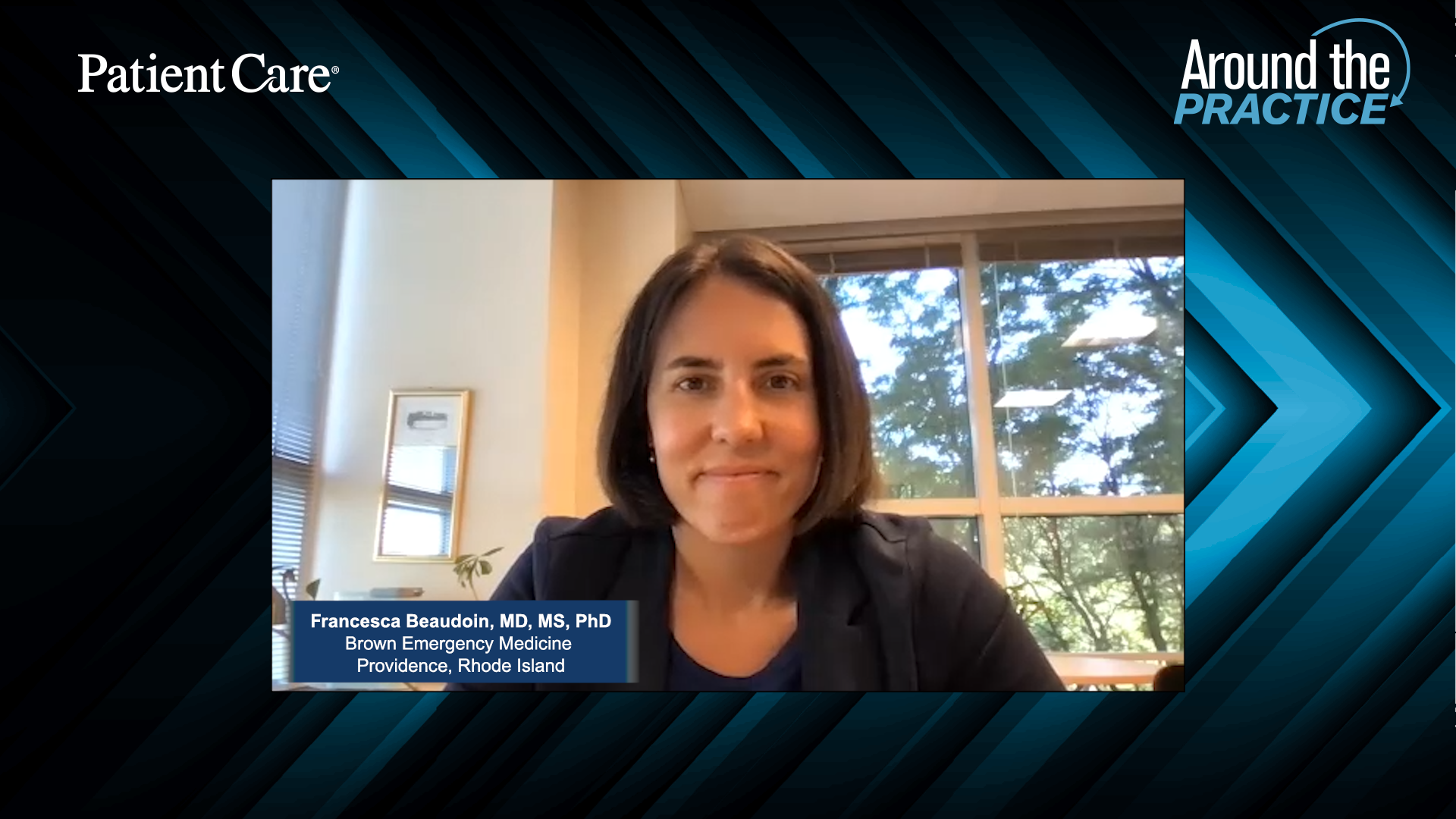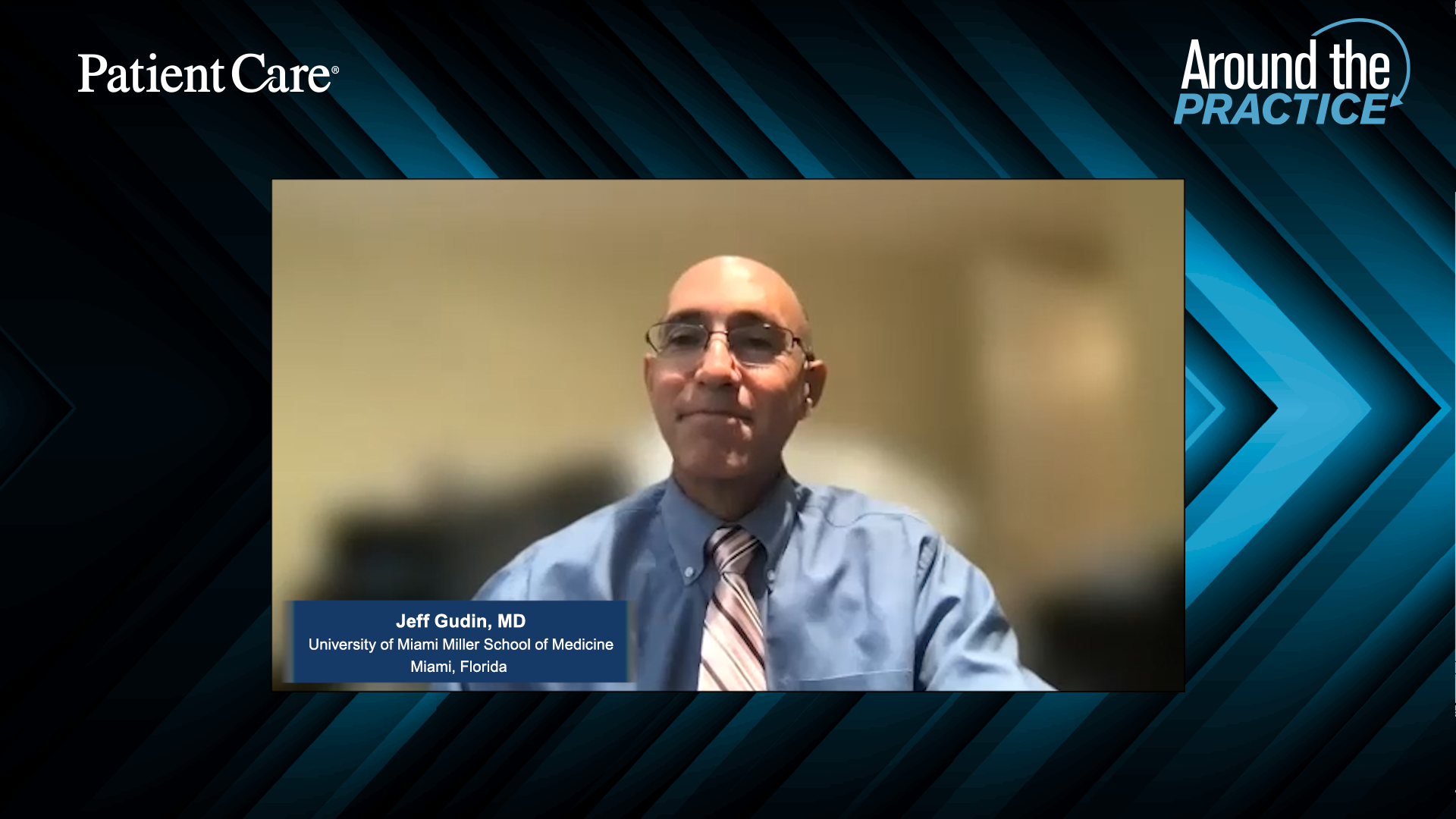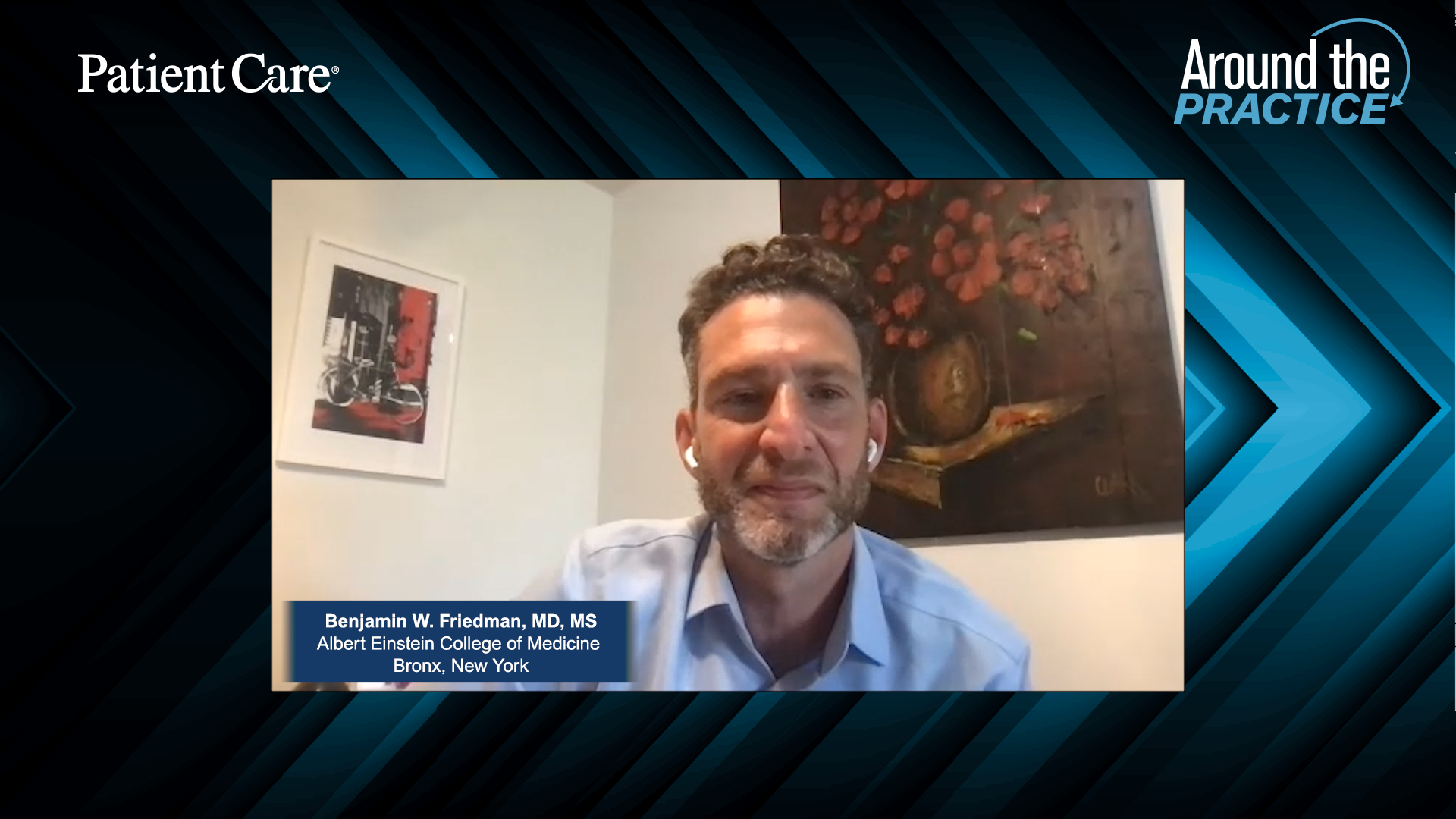Diagnosis and Treatment of Lumbar Spinal Stenosis
A new review summarized the current evidence about diagnosis and treatment of lumbar spinal stenosis. What are the key takeaways for primary care?
Pain caused by lumbar spinal stenosis is believed to result from narrowing of the lumbar spinal canal and/or the neural foramina, which causes pressure on the spinal nerve roots as they exitthe spine. The narrowing is usually considered to be the result of degenerative changes in the spine, such as the development of osteophytes, degeneration of the intervertebral discs, and thickening of spinal ligaments. Degenerative changes are commonly the result of aging, therefore spinal stenosis is primarily a disorder of the geriatric population. However, the explanation of the pain only being related to the impingement of the nerve roots appears to be overly simplistic. As with many other forms of low back pain, there is only a limited correlation between the pain of spinal stenosis and radiologic findings. Although approximately 20% of those older than 60 have lumbar spinal stenosis based on imaging, more than 80% of them appear to be asymptomatic. In the slides below, find important takeaways from a review that may help clinical practice.







